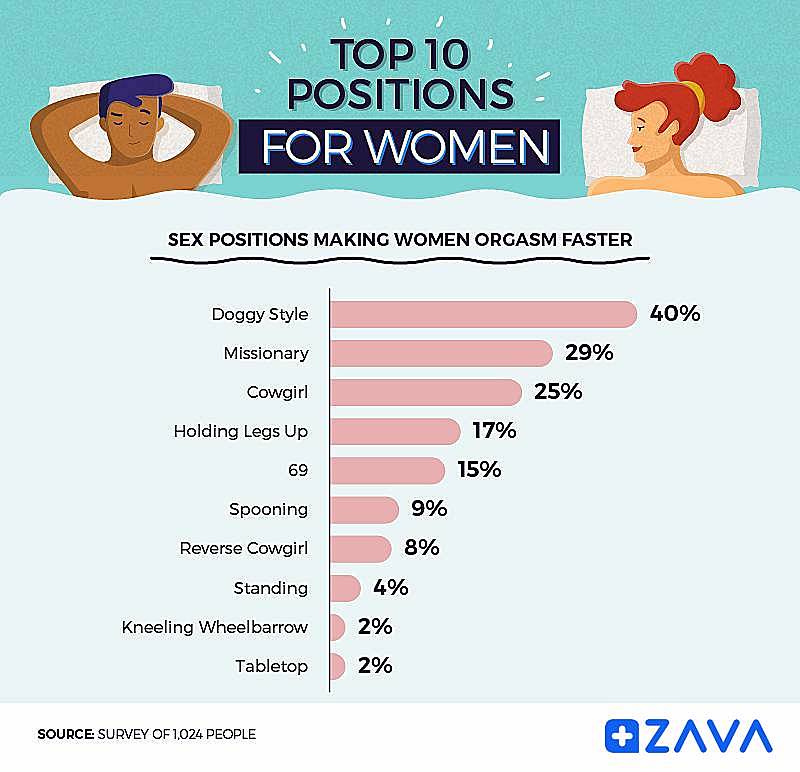Understanding the Orgasmic Journey
p: The path to orgasm is an incredibly personal and unique experience. Both men and women can achieve orgasm through various means, but it's essential to understand that everyone's journey is distinctive. The key lies in exploring your body, experimenting with different techniques, and embracing a sense of openness and self-exploration.

Exploring the Human Anatomy
p: To better understand how to achieve orgasm, it is crucial to have a basic knowledge of the human anatomy. In both men and women, the primary sexual organs involve the genitals. However, the entire body can be a pleasure zone, with erogenous zones such as the nipples, neck, inner thighs, and others stimulating sexual excitement.
Techniques for Women
p: For women, discovering how to achieve orgasm may take time and patience. Experimenting with masturbation allows individuals to explore their bodies and identify what feels pleasurable. Clitoral stimulation is often the key to orgasm for many women, either through manual stimulation or with the help of various sex toys like vibrators.
Techniques for Men
p: For men, understanding their bodies and sexual responses is equally important. Techniques like edging, which involves bringing oneself close to orgasm before pulling back, can enhance pleasure and intensify the eventual climax. Experimenting with different grips and strokes during masturbation can vary arousal levels and lead to more intense orgasms.
Mind-Body Connection
p: Relaxation and mental arousal play a crucial role in achieving an orgasm. Focusing on positive sexual thoughts, exploring fantasies, and creating a safe and comfortable environment are all essential for both men and women. Additionally, deep breathing exercises, mindfulness, and meditation techniques can help individuals connect with their bodies and heighten sexual pleasure.
Communication and Experimentation
p: Openly communicating with your partner about desires, limitations, and fantasies is vital. Understanding each other's needs and constantly exploring new sensations together can greatly enhance sexual experiences and make reaching orgasm more accessible. Trying different positions, incorporating sex toys, and exploring various forms of foreplay can also add excitement and intensity.
Patience and Practice
p: Achieving orgasm may not always happen instantly, especially for those who may struggle with sexual dysfunctions or psychological barriers. Patience, self-love, and practice are key. Remember that everyone's orgasmic journey is inherently unique, and what works for one person may not work for another.
In conclusion, understanding how to achieve orgasm involves exploration, communication, and a deep connection with oneself and one's partner. Remember to prioritize pleasure, experiment with different techniques, and maintain a positive mindset. By embracing the journey, you can unlock the potential for incredible pleasure and experience the bliss of orgasm.
Related FAQs about how to orgasm
What is an orgasm?
An orgasm is the intense release of sexual tension, resulting in pleasurable and rhythmic contractions in the genital area. It is often accompanied by feelings of euphoria and physical satisfaction.
How long does it take for someone to orgasm?
The time it takes to reach orgasm varies greatly from person to person. It can range from a few minutes to much longer depending on factors such as arousal level, stimulation technique, and individual preferences.
Can everyone orgasm?
While the majority of people can experience orgasm, some individuals may have difficulty reaching climax due to various factors such as physical conditions, psychological barriers, or lack of sexual exploration. Open communication, patience, and experimentation can help overcome these challenges.
Can orgasms improve health and well-being?
Yes, orgasms have been linked to numerous health benefits. They can release endorphins, reduce stress levels, promote better sleep, and boost overall mood and well-being. Additionally, orgasmic pleasure can enhance intimacy and strengthen emotional connections between partners.
Are orgasms only achieved through sexual intercourse?
No, orgasms can be achieved through various means. While sexual intercourse is one way to reach climax, many individuals can achieve orgasm through masturbation, oral sex, or other forms of sexual stimulation. It's important to remember that each person's pleasure preferences and pathways to orgasm may differ.
Glossary about how to orgasm
1. Orgasm: Orgasm is the intense culmination of sexual pleasure, characterized by rhythmic contractions of the genital muscles and intense sensations of pleasure and release.
2. Anatomy: Anatomy refers to the study of the structure and arrangement of body parts. In the context of achieving orgasm, it involves understanding the sexual organs and erogenous zones of both men and women.
3. Erogenous Zones: Erogenous zones are areas on the body that, when stimulated, can create sexual arousal and pleasure. Examples include the nipples, neck, inner thighs, and other sensitive areas.
4. Clitoral Stimulation: Clitoral stimulation involves arousing and stimulating the clitoris, a highly sensitive organ in the female genitalia. It is a common technique for women to achieve orgasm.
5. Edging: Edging refers to a technique where individuals bring themselves to the brink of orgasm and then intentionally reduce stimulation to prolong sexual pleasure and intensify the eventual climax.
6. Mind-Body Connection: The mind-body connection refers to the interrelationship between a person's thoughts, emotions, and physical sensations. In the context of achieving orgasm, it involves using mental and emotional stimulation to enhance physical pleasure.
7. Erectile Dysfunction: Erectile dysfunction (ED) is a condition in which a man consistently has difficulty getting or maintaining an erection. It can be a barrier to achieving orgasm and may require medical intervention.
8. Foreplay: Foreplay refers to intimate interactions and activities that lead to sexual arousal before sexual intercourse. It may involve kissing, caressing, or other forms of non-penetrative stimulation.
9. Sexual Dysfunctions: Sexual dysfunctions are conditions that interfere with an individual's ability to experience sexual pleasure fully. They may include disorders such as erectile dysfunction, premature ejaculation, or anorgasmia (inability to achieve orgasm).
10. Positive Mindset: A positive mindset refers to a mental state characterized by optimism, self-acceptance, and a healthy attitude towards sexuality. It can contribute to overall sexual well-being and the ability to achieve orgasm.
